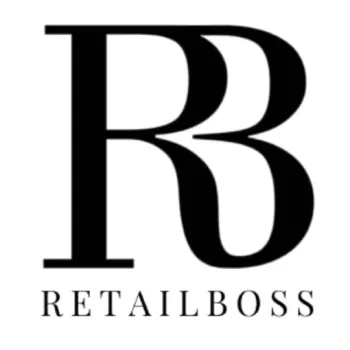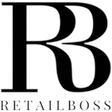The fashion tech industry is at the forefront of a technological revolution. As of 2024, the fashion tech market was valued at approximately USD 259.7 billion. A substantial portion of this value is attributed to the adoption of AI for trend forecasting, supply chain optimization, and personalized customer experiences. Furthermore, smart clothing innovations, including wearables that monitor health metrics and adjust temperature, have also contributed to this market size.
Fashion Tech Growth Projections

The fashion tech market is projected to reach an estimated USD 434 billion by 2033.
This growth, representing a compound annual growth rate (CAGR) of approximately 5.8% from 2025 to 2033, reflects the industry’s continued investment in technologies to improve efficiency, sustainability, and personalization.
Several trends are driving this growth. AI remains a critical player in the fashion industry, from automated design processes to personalized styling recommendations. Notably, the global market for generative AI in fashion alone is expected to grow from USD 96.5 million in 2023 to USD 2,230.4 million by 2032, at a staggering CAGR of 36.9%.
The digital fashion market—which includes virtual garments and fashion assets for avatars in virtual worlds—has also seen explosive growth. Valued at USD 1.1 billion in 2023, it is expected to surge to USD 2.9 billion in 2024 and reach USD 7.7 billion by 2032, driven by a remarkable CAGR of 167.54%.
Key Driving Factors
Several factors contribute to the fashion tech market’s impressive growth trajectory:
- Consumer Demand for Personalization: Consumers increasingly expect personalized shopping experiences driven by AI-powered platforms that tailor recommendations to individual preferences.
- Sustainability Initiatives: With growing concerns over environmental impact, brands use technology to enhance sustainability. This includes employing blockchain for transparency in supply chains and adopting AI for efficient inventory management to reduce waste.
- Enhanced Shopping Experiences: AR and VR are revolutionizing retail by allowing consumers to try on clothes and accessories virtually, making the shopping experience more interactive and reducing return rates.
- Innovations in Smart Textiles: The development of textiles with embedded sensors and adaptive properties opens new avenues for wearable, functional, and fashionable wearable technology.
Looking Forward
Despite the optimistic outlook, the fashion tech industry faces challenges that could impact its growth. Economic uncertainties, fluctuating consumer behavior, and the need for significant technological investment are potential hindrances. However, these challenges also allow brands to innovate, adapt, and differentiate themselves in a competitive market.

















